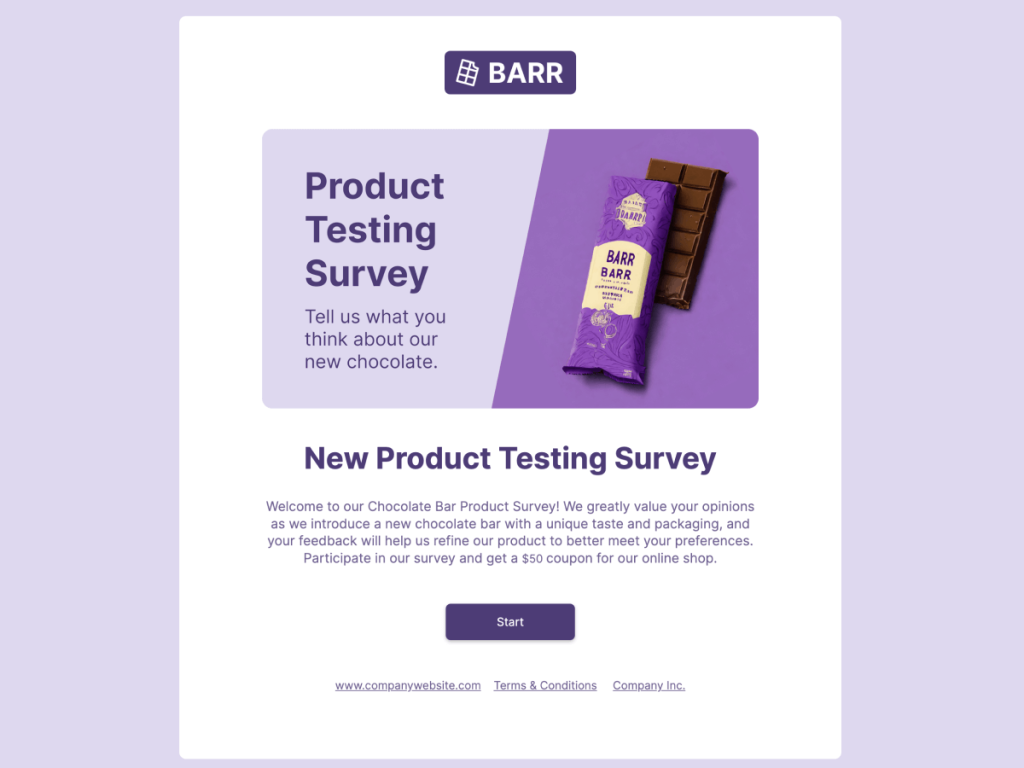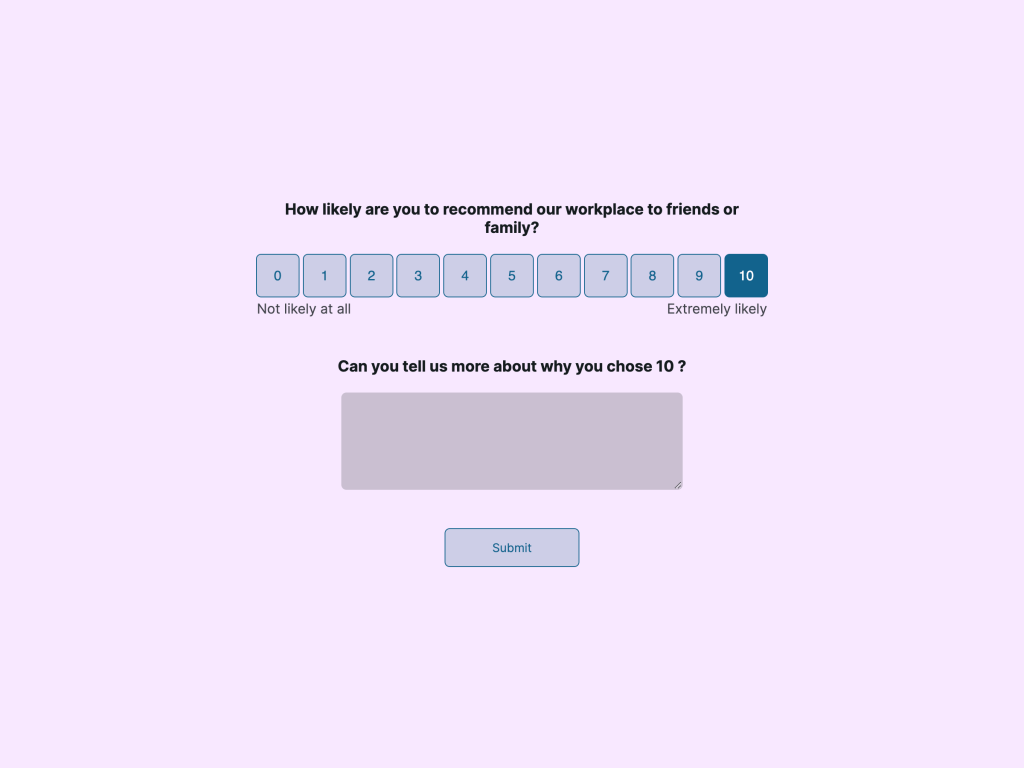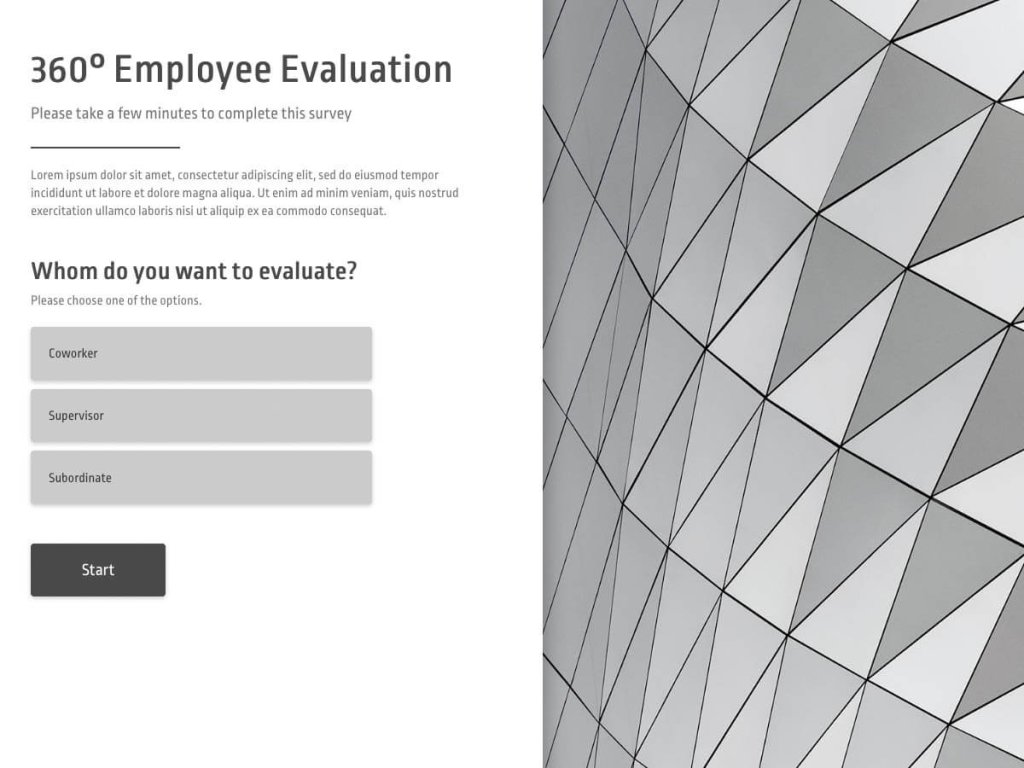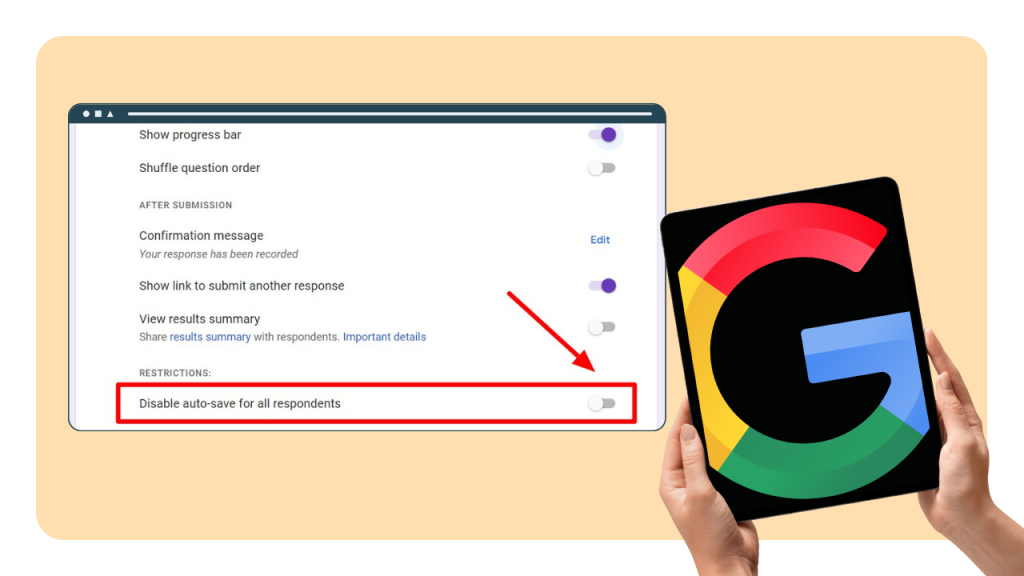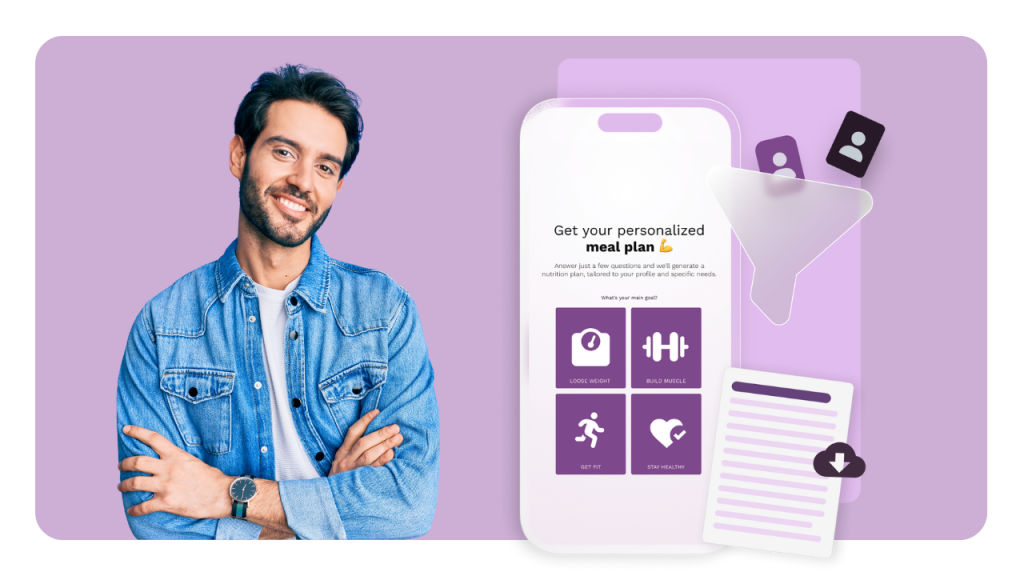Amazon's mission statement is: 'We aim to be Earth's most customer-centric company, and our mission is to continue raising the bar of customer experience!'
Almost everyone has left a review on Amazon at least once. Amazon makes it remarkably easy for customers to share their experiences and reviews of products with others. Would you like to adopt a similar approach?
Discover how Amazon uses continuous customer feedback.
1. Empowering the Customers
Early on, Bezos stated that Amazon wouldn't simply sell things but rather "assist customers in making purchase decisions."
As a result, users can now post comments on the complete range of products available on the website. Feedback is directly displayed on the product's webpage, and users are provided with various options to analyze the data according to their preferences.
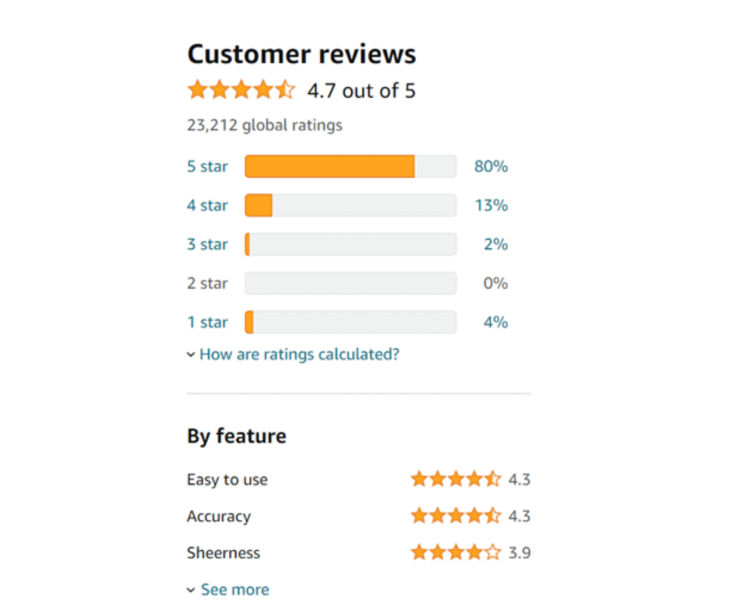
Customers are empowered when they have the option to not only write a product review but also provide feedback about the seller.

This fosters transparency and trust among buyers, encouraging them to return and make purchases from the website even if they aren't completely satisfied with their initial product. They can simply choose a different seller!
If you don't have that many reviews yet, but still want to assist your customers in finding the right products for them, you can create a custom product finder for your website. Start with a pre-designed template without code:
Create Your Own Product Finder
Start with a template
B2B Product Finder Template
Home Insurance Finder Quiz Template
What Mattress Is Best For You? Template
Glasses Recommendation Funnel Template
2. Focusing on Customer’s Needs
According to a survey by Salesforce, 89% of business buyers and 72% of customers expect brands to understand their requirements.
In 2013, during an interview with Charlie Rose, Jeff Bezos stated that he would define Amazon by the central concept of user-centricity, putting the consumer at the core of everything Amazon does.
True to this vision, the organization has excelled in devising new and innovative methods to elevate the customer experience. Some notable examples include:
Streamlined buying and swift delivery processes.
Access to their customer service number or website contact for addressing delivery issues.

Using information to assist users with product offerings in real-time based on their browsing history and past purchases.
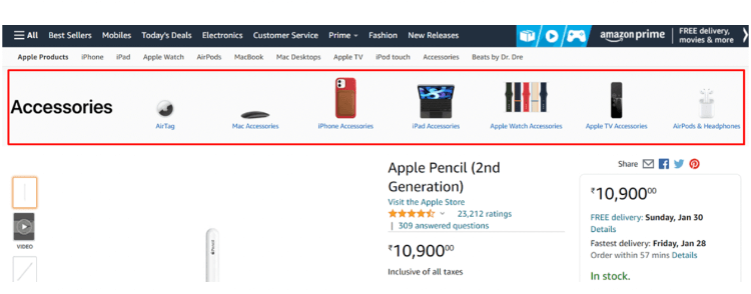
3. Constantly Improving Surveys and Feedback Forms
Amazon places a primary focus on a fundamental criterion for achieving customer service excellence: helpfulness.
They maintain frequent communication with clients through unobtrusive and straightforward satisfaction surveys. These surveys, while being uncomplicated, are among the most potent tools for gathering customer feedback. They provide invaluable insights into customer sentiments and pain points.
Surveys play a pivotal role in the analysis of customer satisfaction and product reviews.
At Amazon, customer support transcends mere complaint resolution and query handling; it's about nurturing a stronger relationship with customers. Often, Amazon sends emails to its regular patrons, inviting them to partake in quick and effortless surveys aimed at enhancing their shopping experience.
And this is what the survey can look like (depending on what survey it is):
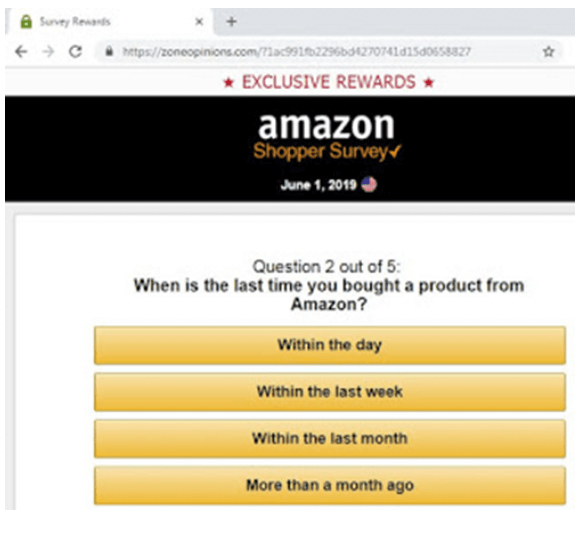
It can also be seller feedback (as mentioned above) and be an extremely simple feedback form, like:
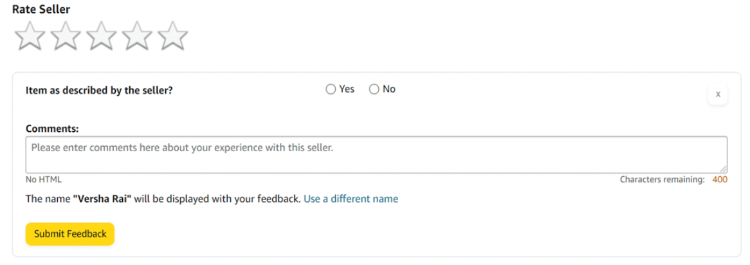
Create Your Own Survey
Start with a customizable template
Feedback Survey for Online Magazines and News Websites Template
Travel Giveaway Survey Template
Product Testing Survey For Agency Client Template
Computer Skills Assessment Template
Employee Engagement Survey Template
Opinion Scale Survey Template
Wrapping Up
In the realm of customer experience and heeding customer feedback, few excel as Amazon does. This is precisely why customers consistently return to them. Regardless of whether the feedback is positive or negative, Amazon embraces it and strives for improvement. Transparency has consistently played a pivotal role in their overarching growth throughout the years.







